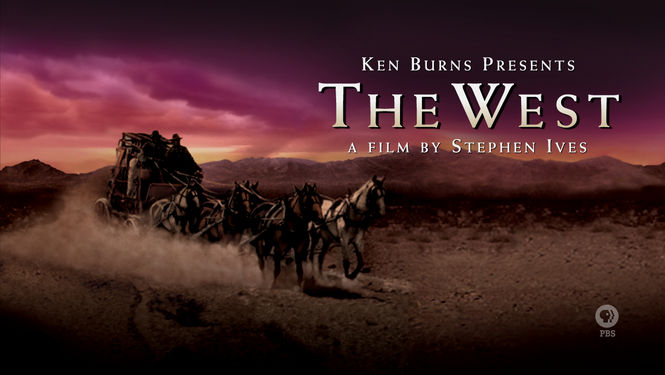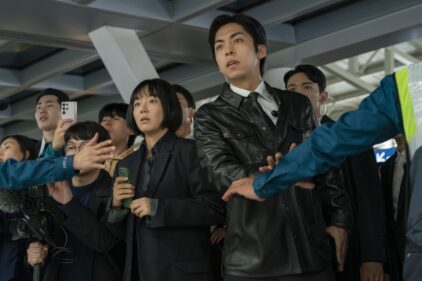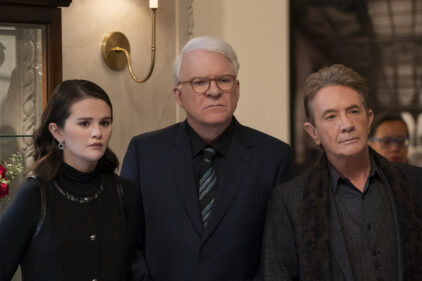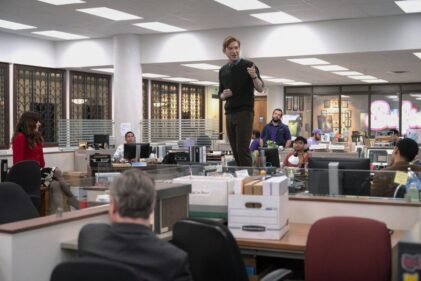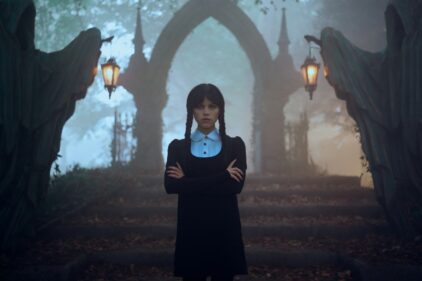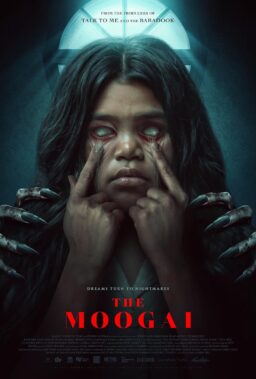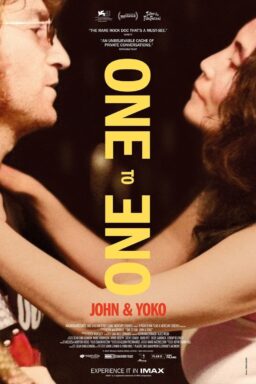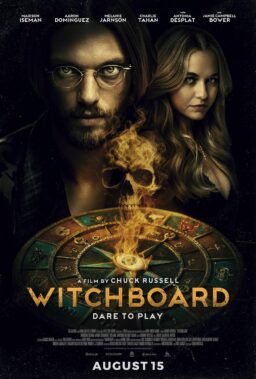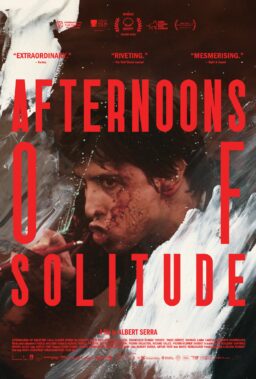Two decades ago this week, Ken Burns
served as producer and key creative consultant for a historical series. The
documentarian was already boasting an impressive resume, having been twice-nominated
for an Academy Award (1981’s “Brooklyn Bridge” and 1985’s “The Statue of
Liberty”), and for his acclaimed series on the Civil War in 1990. When
he partnered with director and historian Stephen Ives, they chose an enormous
canvas for their ambitions: The American West. Ives and his team trekked around the far reaches of the Wyoming
foothills and Minnesota ghost towns, filming 250 hours of original footage and
tracking down 70+ interview subjects.
The result was “The West,” running 12 ½
hours over 8 episodes. It begins with an overview of the North American
continent pre-1806—offering a hint at the multiplicity of pre-colonial Native
American civilization. It then delves into chronological chunks of the 19th
century—the gold rush of 1849, the building of the transcontinental railroad,
and the saga of the brave Nez Perce tribe, forced to surrender after an
incredible military campaign in 1877. It was a century of both progress and
bloodshed; land theft and untold cruelty; of optimism and empire building.
Sweeping, insightful and sometimes heartbreaking, “The West” achieves a rare
thing: big-picture storytelling aided by little-people intimacy.
Those little people are key to the
tapestry that the show establishes. It’s not just legendary names like General
Custer or Sitting Bull that were forged in that grandiose landscape. There were
countless gold miners, missionaries, pioneers and Mormons. The vast plains and
dusty towns of the West were home to hucksters, criminals and opportunists
hoping to keep one step ahead of the law. But they were also home to immigrants
and idealists, seeking refuge from religious persecution or the ills of
slavery. This finely-tuned balance between what Stephen Ives calls “pride and
shame” really distinguishes the series. It displays a nuanced awareness of what
was both terrible and hopeful in that open frontier.
Another remarkable feature of “The West”
are the firsthand accounts and letters that are pulled from the woodwork—a
common element of all Burns productions, but here achieving an unparalleled
sense of closeness to the past. Burns and Ives give us characters like the
pious Whitman family, whose good intentions as Christian missionaries did not
save them from slaughter. Or there’s the correspondence of a happily married young man
named William Swain, who, out of sheer boredom, risked life and limb to find
California gold—and returned broke and homesick. He wrote to his loved ones, “I
have got enough of California and am coming home as fast as I can.” And the
series never dodges the ugliness of racism, revealing a century of heartache,
death and ruination for American Indian tribes. The conflagration of cultures
and ethnicities—and the constant warfare that mixed their blood—would come to
define the West.
What is apparent while viewing “The West”
is that Stephen Ives, a Burns protégé, did not stray far from Burns’ established production
techniques. Aside from a few superimpositions, it’s hard to distinguish a
marked difference between their directorial approaches. Perhaps because of this
structured and highly recognizable style, Burns remains one of the most
recognized mainstream voices in documentary. His PBS programs continue to be
blockbuster television affairs, winning awards and reaching record numbers of
viewers. He’s hardly under-appreciated, and yet—when it comes to critical
appraisal and discussion, particularly in the world of documentary, he’s often
absent from the conversation.

Talk to film critics, documentary
filmmakers, or historians about Ken Burns’ languidly-paced serials and you’re
likely to get a mixed reaction. No one can deny their efficacy or popularity,
to be sure. But Burns is multidisciplinary, meaning that he struggles to
satisfy every party. Some historians have criticized him, claiming his work in
the visual medium takes away from more extensive and worthy academic histories.
Film critics, on the other hand, often struggle with his perceived lack of
visual flair. But what remains undisputed is his ability to deliver history in
a digestible and popular format, and I’d argue his success is borne from the
same traits his detractors see as flaws.
Burns is sometimes thought of as dull.
His placid voiceovers, soporific pace, and slow dissolves almost amount to
being willfully unobtrusive. To an audience bred on documentaries structured
like feature films, this offers an alternative viewing experience. It’s a
circumspect, tranquil approach, delivering large chunks of information in a
smoothly pacifying way. It makes Burns’ series unthreatening to casual viewers.
You can tune in halfway through an episode and get the gist, or watch sleepily
on Sunday morning and absorb the main points. It’s almost intended for passive
listening—the audience can choose to binge-watch, but the series is more suited
to a less intense viewing schedule.
Ultimately, if Burns has a filmic philosophy,
it seems to be this: “Why dazzle with technique when the true story speaks for
itself?” This lack of flair is in fact his greatest strength—a confidence in
historical research and intellectual rigor, with a steadiness that flies in the
face of conventional wisdom about what makes for a “gripping” documentary.
There’s certainly enough evidence to call
Burns an auteur. The “Ken Burns effect” is memorable enough to be a named
feature in film editing software; so-called for his tendency to pan and zoom in
on still photographs to give them a sense of movement. That notable feature in
his work contributes to a certain stylistic uniformity—distinctive enough to be
an auteurist mark.
Each day we get increasingly further from
the 19th century frontier, and even from the mid-century pop culture obsession
with this uniquely American space. Over time, stereotypes of the West grow
ossified.
In spite of Jesse James, John Wayne and
the Marlboro Man, real cowboys may as well be as foreign and unreal to us as
cavemen. “The West” not only brings us closer to the lived reality of the past,
but allows us to apply its knowledge to the existing cultural forms and myths
built up around it.
From the literature of Cormac McCarthy to
the genre machinations of movie Westerns—which are once again having a moment
with this week’s release of Antoine Fuqua’s update of “The Magnificent Seven”—Burns
has offered rich context for these works of art. 20 years on, the series
makes for a deeply valuable viewing experience—separating myth from reality,
but also interrogating the basis for those myths, whether they be Comanche
villains or rough and tumble cattlemen. The so-called “geography of hope” that
the frontier offered to a ragtag fledgling nation also proved to be the undoing
of an entire indigenous culture, and Burns helps us to piece together the enormity
of that. For this reason—and many more—“The West” remains a worthy and
fascinating endeavor.
